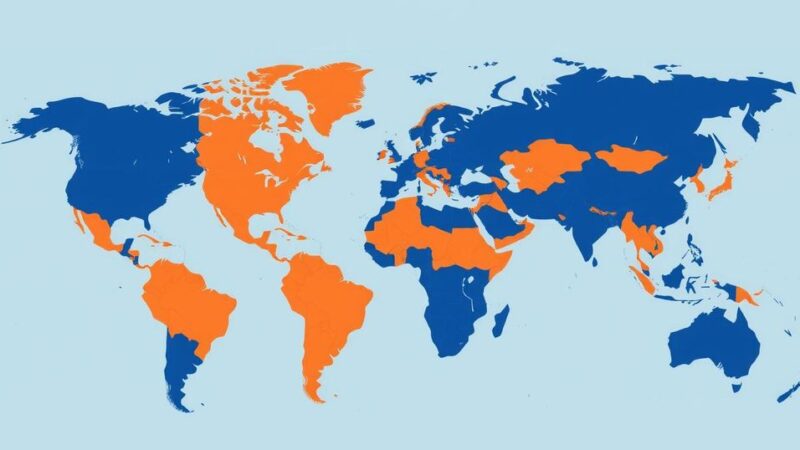Oil prices have risen, driven by tensions in the Middle East and China’s stimulus plans. Despite concerns over global growth, Brent crude reached $71.43 per barrel, while WTI reached $67.90. Analysts indicate U.S. airstrikes and strong Chinese retail performance contribute to this rise, alongside ongoing geopolitical concerns.
On Tuesday, oil prices experienced an increase due to escalating tensions in the Middle East and China’s economic stimulus plans, despite concerns regarding global growth and uncertainty over ceasefire discussions in Ukraine. Brent crude futures rose by 36 cents (0.5%) to reach $71.43 per barrel, while U.S. West Texas Intermediate crude futures increased by 32 cents (0.5%), settling at $67.90.
Analysts at ING attributed the price rise to U.S. airstrikes on Houthi positions in Yemen and China’s recent announcement of measures aimed at boosting domestic consumption, including raising incomes and childcare subsidies. Released economic data indicated stronger-than-expected retail sales growth for January and February, although industrial production declined and urban unemployment reached a two-year high.
In China, the largest oil importer globally, refinery consumption experienced a 2.1% increase year-on-year during the first two months, with a new refinery’s operation and heightened demand during the Lunar New Year holiday contributing to this growth. Furthermore, U.S. President Donald Trump has threatened continued military action against the Houthis if they persist in targeting ships in the Red Sea, assigning blame to Iran for future attacks.
The recent escalation in the Israeli-Palestinian conflict has also influenced the market, with Israel launching airstrikes in Gaza, resulting in significant casualties as reported by the Palestinian Ministry of Health. The Organization for Economic Cooperation and Development (OECD) warned that tariffs imposed by Trump could hinder growth in the U.S., Canada, and Mexico, potentially diminishing global energy demand.
Additionally, Venezuelan oil company PDVSA has reaffirmed its commitment to maintaining oil production and exports in partnership with Chevron, despite the upcoming expiration of the U.S. license. The market is also anticipating discussions between Trump and Russian President Vladimir Putin aimed at resolving the Ukraine conflict, which may lead to the easing of sanctions against Russia and the reintroduction of its oil to global markets, possibly lowering prices.
In summary, oil prices are advancing due to geopolitical tensions and economic stimulus measures in China, counterbalanced by concerns over global economic growth. The interplay of military actions in the Middle East and developments related to U.S. tariffs further complicates the market dynamics. Furthermore, potential diplomatic discussions between the U.S. and Russia could significantly impact future oil supply and pricing.
Original Source: www.jordannews.jo






